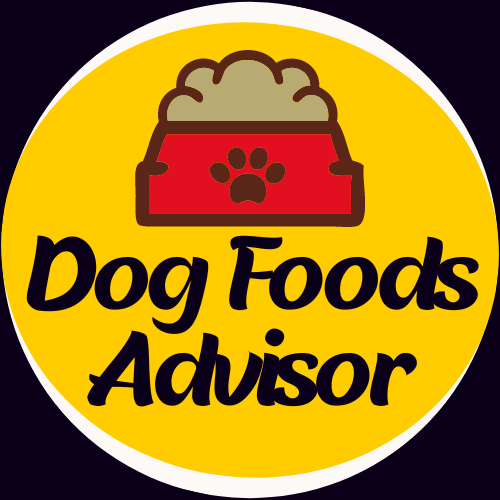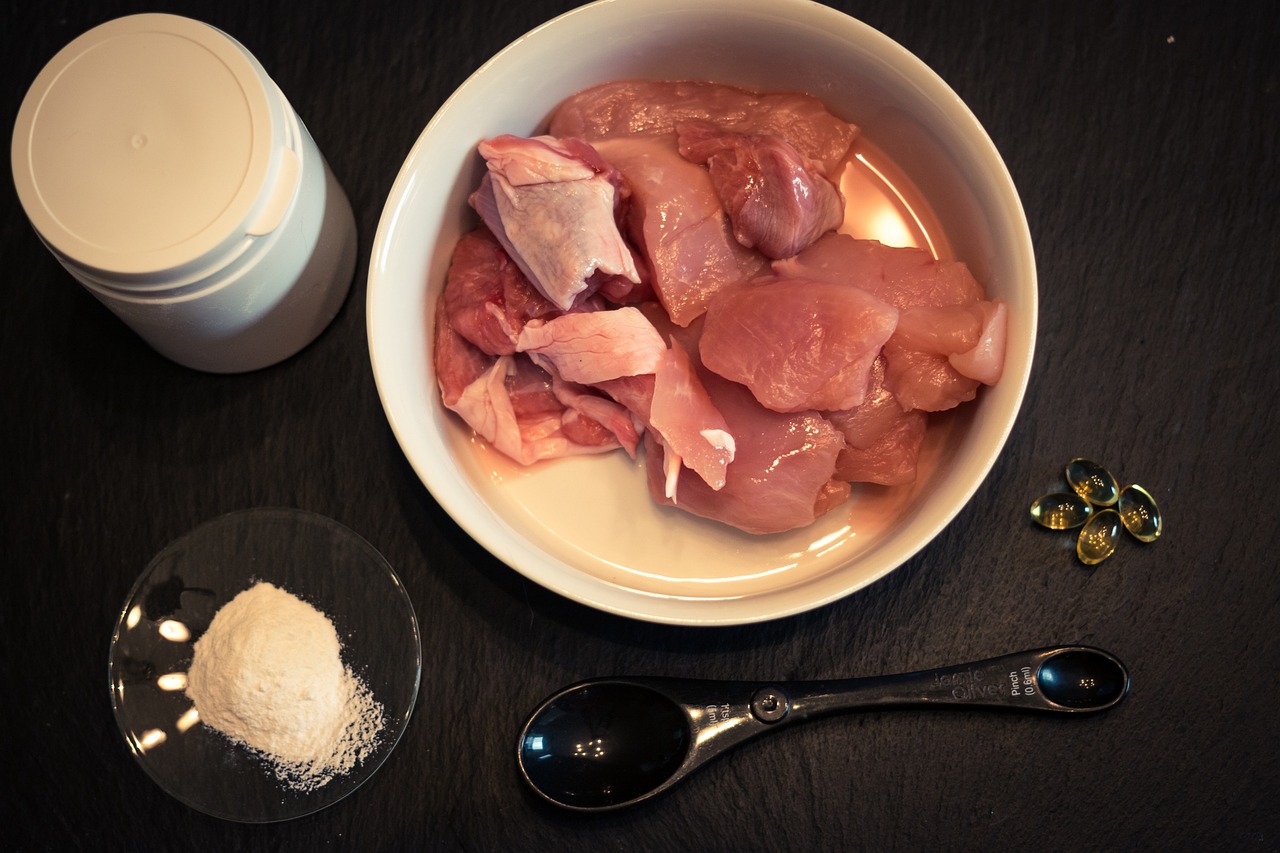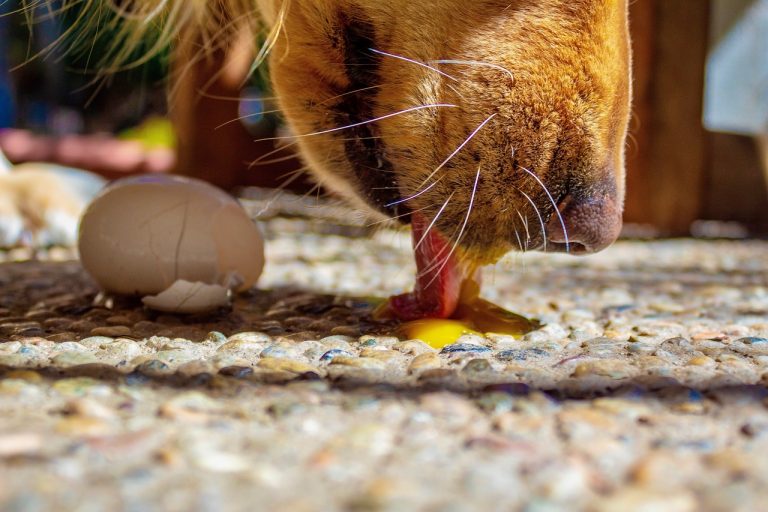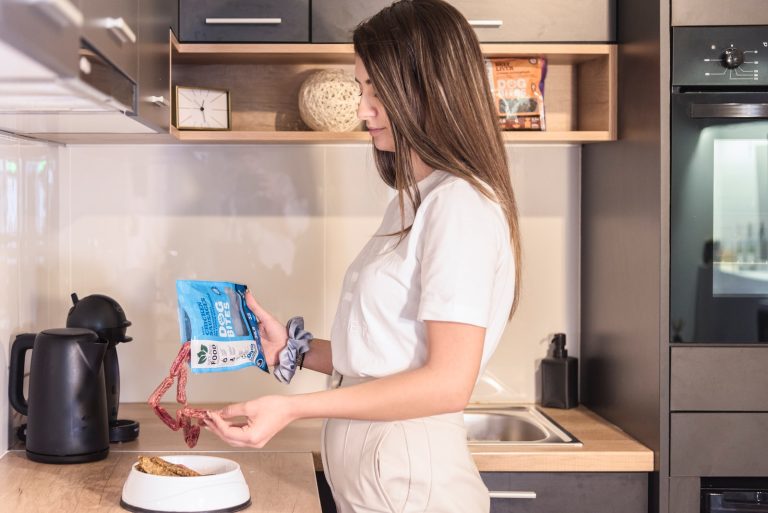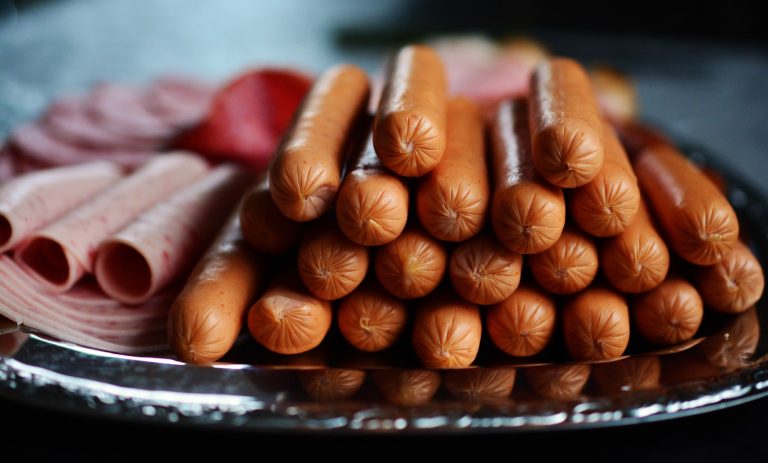How to safely prepare and handle raw dog food
Looking for a way to give your furry friend the best possible nutrition? Raw feeding has become increasingly popular among pet owners, but it can be daunting to handle raw dog food safely. From selecting high-quality ingredients to storing and handling meals properly, there are many steps you need to take to ensure your pooch stays healthy and happy. In this blog post, we’ll show you exactly how to prepare and serve raw dog food in a safe and convenient way – so you can rest assured that your four-legged friend is getting all the benefits of fresh, unprocessed foods without any risks. Let’s get started!
Table of Contents
- What is raw dog food?
- Types of raw dog food
- Preparation tips for raw dog food
- Handling tips for raw dog food
When feeding your pet raw food, it’s important to be sure you are doing everything possible to keep them safe. Here are a few tips for safely preparing and handling raw dog food:
- Make sure all surfaces that the food will touch are clean and free of any sharp edges or slick surfaces.
- Store the food in an airtight container in a cool, dry place. It is best to store the food in smaller portions so it will not go bad quickly.
- Do not feed your pet more than a small amount at once; give them small amounts throughout the day rather than one large meal.
- If your pet develops diarrhea after eating raw food, discontinue feeding them this type of food and see if they improve within 24 hours. If they do not improve, take them to the veterinarian for further examination or treatment.
What is raw dog food?
Raw dog food is not cooked and can contain bacteria, parasites, and other pathogens that can make your pet sick. To ensure that the food you are giving your dog is safe, follow these guidelines:
- Always clean and sanitize your kitchen before preparing raw dog food.
- Feed your dog kibble instead of raw meat if possible. Cooked kibble contains heat and kills any harmful bacteria or parasites.
- Only give your dog small amounts of raw meat at a time, as large chunks could be hazardous.
- Store raw meat in an airtight container in the fridge to prevent spoilage.
Types of raw dog food
There are a variety of types of raw dog food, each with its own unique benefits and drawbacks. Some popular types of raw dog food include freeze-dried, kibble, and fresh. Here’s a look at the pros and cons of each type:
- Freeze-Dried Raw Dog Food: The biggest pro to freeze-drying raw dog food is that it’s nutrient dense–meaning that it provides a lot of the vitamins and minerals your dog needs in one place. The downside is that freeze-drying can also lead to moisture retention, which can make the food heavy and difficult for your pet to eat.
- Kibble Raw Dog Food: Kibble is arguably the most common type of raw dog food on the market today. It’s easy to store, lightweight for your pet to carry around, and relatively easy to cook (assuming you have a successful slow cookers). One downside is that some kibbles are made with ingredients your pet may not be too keen on (grain content being a big one). And finally, unlike freeze-dried or fresh foods, kibble doesn’t offer as much in terms of nutrition per calorie.
Preparation tips for raw dog food
One of the great benefits of feeding raw dog food is that it helps to keep your pet healthy. Here are some preparation tips for feeding raw dog food:
- Make sure that the animal has been properly vaccinated against rabies. This is important because even if the animal develops a minor illness after eating raw food, rabies can be fatal.
- Always wash your hands before preparing or handling raw meat or seafood. The bacteria and parasites that may be on these items can cause serious health problems if ingested by your pet.
- When cutting up fresh meats, make sure to use sharp, sterile knives and avoid cutting into veins or other delicate areas. Corners may also be sharp so be careful not to cut yourself while preparing food for your pet.
Handling tips for raw dog food
Before setting out to feed your dog raw food, there are a few things you should know. First and foremost, raw dog food is not recommended for dogs under six months old due to the lack of stomach acidity required to digest this type of food. Secondly, always store raw dog food in a cool and dry place so that it does not go bad. Lastly, always supervise your dog while they are eating raw meat products as bacteria can still be spread through contact.
When feeding your dog raw meat, make sure to start with very small chunks so that your pup can easily chew and digest them. You may also want to give them a water dish next to their food so that they do not eat too much at once. If your pup develops diarrhea after starting to eat raw meat, discontinue feeding them this type of food immediately and consult your veterinarian.
With these tips in mind, feeding your dog raw meat products is a great way to provide them with high-quality nutrients and help promote their overall health.
Conclusion
If you are looking to start feeding your dog raw meat, it is important to be very careful in order to avoid any health risks. By following the steps outlined in this article, you can safely prepare and handle raw dog food without jeopardizing your pet’s health. Be sure to thoroughly read over the instructions before beginning, so that you know exactly what needs to be done and what precautions need to be taken.
